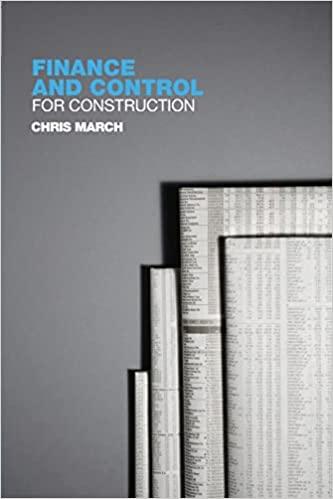Answered step by step
Verified Expert Solution
Question
1 Approved Answer
Please show the work. Don't need Excel 10. Corporate valuation model The corporate valuation model, the prce-to-earnings (P/E) multiple approach, and the economic value-added (EVA)
Please show the work. Don't need Excel

Step by Step Solution
There are 3 Steps involved in it
Step: 1

Get Instant Access to Expert-Tailored Solutions
See step-by-step solutions with expert insights and AI powered tools for academic success
Step: 2

Step: 3

Ace Your Homework with AI
Get the answers you need in no time with our AI-driven, step-by-step assistance
Get Started


